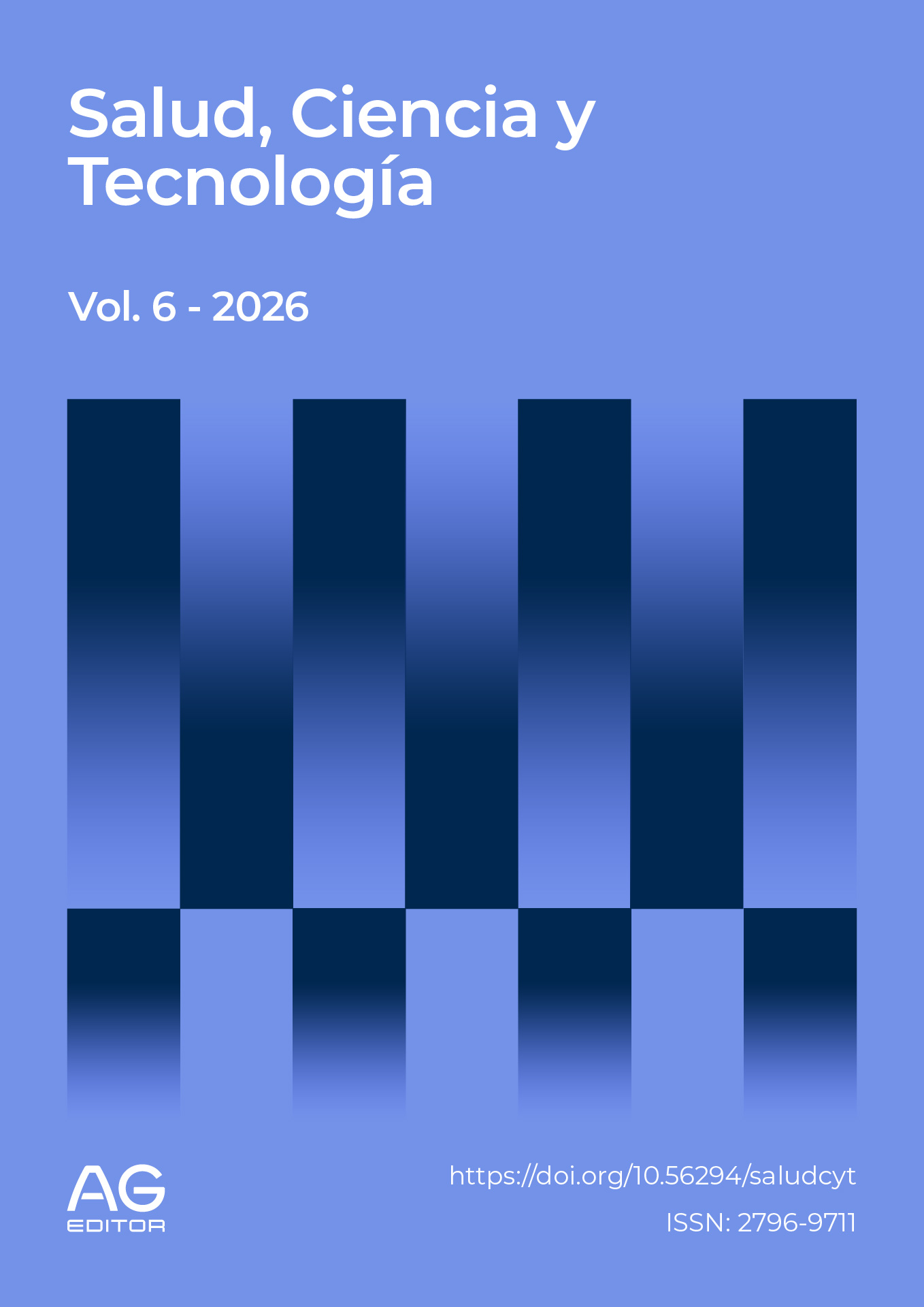Effects of individual characteristics and work factors on work stress in aircraft maintenance engineers
DOI:
https://doi.org/10.56294/saludcyt20262477Keywords:
age, tenure, marital status, social support, physical workload, mental workload, work stressAbstract
Introduction: Working as an Aircraft Maintenance Engineer (AME) can cause significant work-related stress, given the enormous responsibility of ensuring flight safety. The pressure to maintain high safety standards, deal with urgent technical problems, and maintain strict flight schedules can increase the level of stress experienced by professionals in this field.
Methods: This study used a quantitative approach with a cross-sectional design. The sample of this study was 106 respondents selected by simple random sampling. Measurement of age, tenure, marital status, using questionnaires, social support using the Job Stress Questionnaire by the National Institute for Occupational Safety and Health (NIOSH), mental workload using NASA-TLX, physical workload using %CVL (Cardio Vascular Load), work stress using cocorometer. Data analysis using SPSS (Statistic Package for Sosial Science).
Results: Based on the analysis at 95% confidence level (α = 0,05), Based on the results of bivariate analysis, it was found that there was a relationship between age and work stress (p = 0,040), social support and work stress (0,021) mental workload and work stress (0,012), and physical workload (0,009). Meanwhile, there was no relationship between tenure and work stress (p = 0,331) or marital status and work stress (p = 0,325). Multivariate analysis results the social support variable has a significance value of 0,059, indicating a relationship that is close to the significance threshold for work stress. The Wald value of 3,579, which is close to the threshold of 3,84 shows that social support has the strongest influence compared to other variables. Meanwhile, the variables of age (0,341) mental workload (0,129) and physical workload 0,279 (p > 0,05) show no significant effect on work stress levels.
Conclusions: Work stress among AMEs is influenced by age, social support, mental workload, and physical workload.
Published
Issue
Section
License
Copyright (c) 2026 Fátima Azahrah Zainuddin , Lalu Muhammad Saleh , Masyitha Muis (Author)

This work is licensed under a Creative Commons Attribution 4.0 International License.
The article is distributed under the Creative Commons Attribution 4.0 License. Unless otherwise stated, associated published material is distributed under the same licence.



